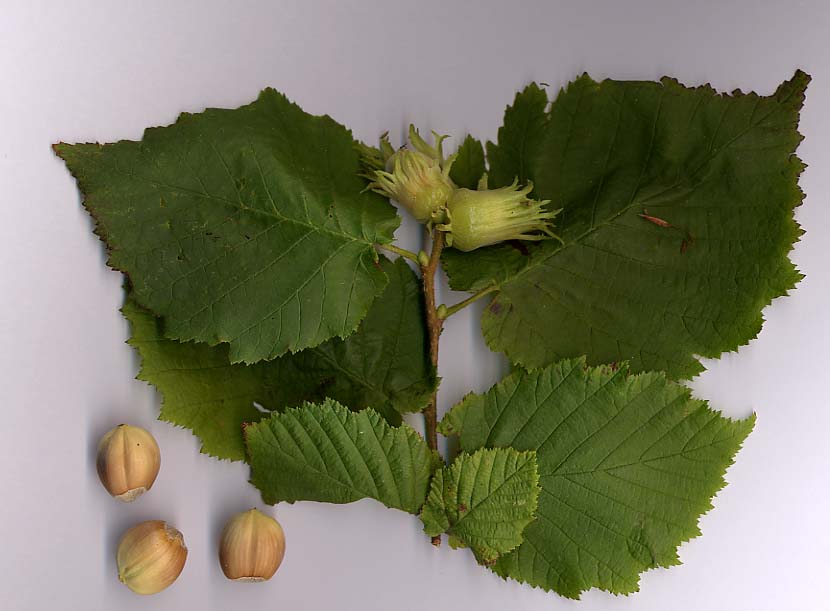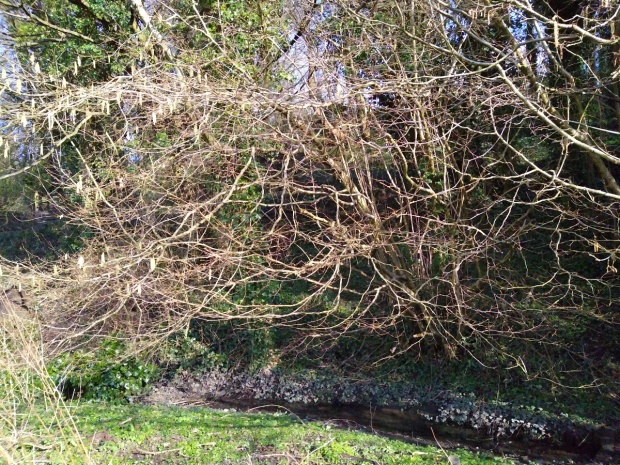The wetlands of the old counties of Lancashire and Cheshire which were inhabited by the Setantii tribe ‘The Dwellers in the Water Country’ are well known for their bog burials; Lindow Man and Woman, Worsley Man, severed heads from Pilling Moss, Briarfield, Red Moss, Ashton Moss, Birkdale.
The archaeological evidence suggests that Lindow Man and Worsley Man were human sacrifices. Lindow Man (also known as Lindow II) was strangled, hit on the head, and his throat was cut before he was cast into the peat bog. Worsley Man was garotted and his skull fractured before his beheading. These ‘overkill’ injuries are suggestive of ritual killing rather than death in battle or murder.

This is supported by the fact many bog burials from Britain and Europe ate special last meals. The last meal of Lindow Man was a griddle cake baked from finely ground wheat and barley. Lindow III, another man whose remains were found nearby, ate a meal of wheat and rye with hazelnuts. Old Croghan man from Ireland, and Grauballe Man and Tollund Man from Denmark also ate similar meals.
The head from Briarfield was ‘deposited in a defleshed state without the mandible’ ‘with abundant remains of hazel’. Further north, at Seascale Moss in Cumbria, a body was buried in the bog with a hazel walking stick. Miranda Aldhouse Green notes that bog bodies from Gallagh in Ireland and Windeby in Germany wore hazel collars and another from Undelev in Denmark was buried with three hazel rods.
She connects them with a lead defixio of ‘late Roman date’ ‘from the river Ouse near the Hockwold Roman temple’ in Suffolk: ‘Whoever… whether male or female slave, whether freedman or freedwoman… has committed theft of an iron pan, he is to be sacrificed to the god Neptune with hazel’.

The Romans equated Neptune with our ancient British water-god Nodens at Vindolanda on Hadrian’s Wall where an inscription reads ‘DEO NO/NEPTU’. At his Romano-British temple at Lydney, Nodens is depicted on a mural crown driving a chariot pulled by four water-horses accompanied by winged wind-spirits and centaurs with fish-tails and a fish-tailed fisherman.
Nodens gifted pilgrims with healing dreams but was also called upon to remove health. A curse tablet reads: ‘For the god Nodens. Silvianus has lost a ring and has donated one-half [its worth] to Nodens. Among those named Senicianus permit no good-health until it is returned to the temple of Nodens.’
It thus seems possible the people who ingested hazel prior to their deaths or were buried with it were sacrifices to Nodens who was equated with Neptune due to his watery qualities by the Romans.
***
The associations between Nodens and hazel have deep mythic roots. In Ireland Nodens was known as Nuada Airgetlám ‘Silver Hand’ and Nechtan (from the Old Irish necht ‘clean, pure, white’). Nechtan was the keeper of the Tobar Segais ‘Well of Wisdom’. Around it stood nine hazel trees which dropped their hazelnuts, containing imbas ‘inspiration’, into the water. They were eaten by salmon and this special poetic wisdom, known as awen in the Welsh myths, was infused into their flesh.
Only Nechtan and his three cup-bearers: Flesc, Lam, and Luam, were allowed to visit the well. Of those who transgressed their eyes would explode (!) – a possible metaphor for the effects of poetic vision.
When Nechtan’s wife, Boann, disobeyed this command the well overflowed and became the river Boyne. One of its kennings is ‘the forearm of the wife of Nuadhu’ and it was known in the early 2nd century CE as Buvinda (from early Irish *Bou-vinda ‘the white lady with bovine attributes’).

When Finn ‘White’, a descendant of Nuadha, cooked the Salmon of Wisdom for his master, Finnegeas, he burnt his thumb, put it in his mouth, and accidentally imbibed his eye-bursting imbas.
I believe it is likely a similar mythos surrounded Nodens here in Britain. On his mural crown a fisherman is catching a large fish and, on a mosaic on his temple floor at Lydney, two sea monsters are surrounded by salmon. Additionally, in medieval Welsh mythology, Arthur and his men ride up the river Severn, past the Temple of Nodens, on the back of the Salmon of Llyn Llyw, to rescue Mabon.
In the dindsenchas the river flowing from Segais has many names. In Ireland it is not only known as the Boyne, but the Trethnach Tond ‘Ocean Wave’ and Sruth Findchoill ‘Stream of White Hazel’. Abroad it becomes Lunnand in Scotland, the Severn in England, then the Tiber, Jordan, Euphrates and Tigris.
At Lydney we also find iconography depicting Nodens’ wife and our British Boann: a stone statuette, thirty inches in height, left leg crossed over right, holding a cornucopia. Pins were offered to her by women seeking aid with childbirth. Unfortunately we do not know her name but the early Irish Bou-Vinda may relate to Vindos/Gwyn ap Nudd, the son she bore Nodens/Nudd. Gwyn’s name not only means ‘White’, but he is referred to as a ‘bull of battle’ in ‘The Conversation of Gwyn ap Nudd and Gwyddno Garanhir’, suggesting he inherited her bovine attributes.
As Vindonnus, at a spring in Gaul, he was offered bronze plaques depicting eyes. It has been suggested they were for aid curing eye ailments but they may also have been connected with poetic vision.
In medieval Welsh mythology, Gwyn, as Pen Annwn ‘Head of the Otherworld’, is the guardian of a cauldron that is warmed by the breath of nine maidens and will not brew the food of a coward, suggesting it is associated with initiation into the mysteries of the awen tasted from its bubbling waters.
It seems Gwyn, who like Finn, has tasted the wisdom of the salmon from the hazelnuts from the nine hazel trees, and received his awen, later adopts his father’s role as a wisdom-keeper.
***
How, then, does this ancient Celtic mythos appear in and relate to the Water Country? On Cockerham Moss two Romano-British silver statuettes dedicated to Nodens as Mars-Nodontis were found. This suggests that a temple lay nearby. Cockersand Abbey, the closest sacred site, is dedicated to Mary of the Marsh, a Christian overlay on an earlier water-goddess – the wife of Nodens. I know her as Anrhuna which means ‘Very Great’ and is probably only one of her names.
The church on Castle Hill, the pen which gives its name to Penwortham (earlier Peneverdant ‘the Green Hill on the Water’ as it stood on Penwortham Marsh), is dedicated to St Mary the Virgin, as was the holy well at the hill’s foot. The large number of Marian dedications in the marshy areas of Penwortham and Preston with their sacred springs hint at the underlying presence of this water-goddess.
The legend of Penwortham Fairy Funeral, set on Castle Hill, with its fairy leader ringing a passing bell and singing a mournful chant as he leads a procession of little black-clad men in red caps, bearing the fairy-double of an unfortunate young man to his grave suggests the presence of Gwyn.
Past the pen, sacred to Anrhuna, Nodens, and Vindos/Gwyn/Pen Annwn, runs the river Ribble. From Ptolemy’s Geography (2AD)we know Belisama is the goddess of the Ribble. She is the sister and/or consort of Bel, who is later known as Beli Mawr, father of Nudd/Lludd. The Ribble is rich in salmon and Maponos/Mabon and his mother Matrona/Modron were worshipped upriver at Ribchester. Modron is the daughter of Afallach (from afall ‘apple’), King of Annwn, a name of Gwyn.
Here, at the Green Hill on the Water, we find a parallel with Lydney ‘Lludd’s Island’. With salmon swimming upriver past a site associated with Mabon to the source where perhaps once stood nine hazel trees.
These stories run deep through this land as they ran through the land of our ancient British ancestors. Before its draining it was truly a water country of intertidal marshlands, reedbeds, carr, lakes and pools, peat bogs, and a damp oak woodland in which hazel and its nourishing nuts were precious.
It’s no wonder they were associated with Nodens, ‘the Catcher’, the wise fisher-god. Perhaps, by sacrificing their enemies to Nodens with hazel, the water dwellers repaid him for his generosity.
Another possibility is that some of the bog burials were devotees of Nodens sacrificed willingly to their god. Awenyddion who, like his son, had imbibed the hazel-rich awen. Lindow III’s consumption of hazelnuts before his death may have been a last act of communion. The man buried with the hazel staff might have carried it as a symbol of his role as a wisdom-keeper.
Hazel grows on the banks of Fish House Brook, which runs through the area once known as Fish Pan Field in Greencroft Valley into the river Ribble. In autumn its nuts are eaten by grey squirrels before they can drop into the brook where, due to changes in water level and pollution, fish no longer swim.

Still, as I pass, I think of the myth of Nodens and his nine hazel trees, Anrhuna’s transgression, Vindos/Gwyn eating the salmon imbued with awen from the hazelnut and his eye-bursting poetic vision, which he has gifted to me as his awenydd to pass on and share with my communities.
***
SOURCES
Anne Ross, Pagan Celtic Britain, (Cardinal, 1974)
Anne Ross, Life and Death of a Druid Prince: The Story of Lindow Man, an Archaeological Sensation, (Touchstone, 1991)
David Barrowclough, Prehistoric Lancashire, (The History Press, 2008)
Finnchuill, ‘Catching Wisdom: Nuadha, Nechtan, Nodens’, Finnchuill’s Mast, (2016)
Jody Joy, Lindow Man, (The British Museum Press, 2009)
Kay Muhr, ‘Water Imagery in Early Irish’, Celtica 23, (1999)
Miranda Green, Dying for the Gods, (The History Press, 2002)